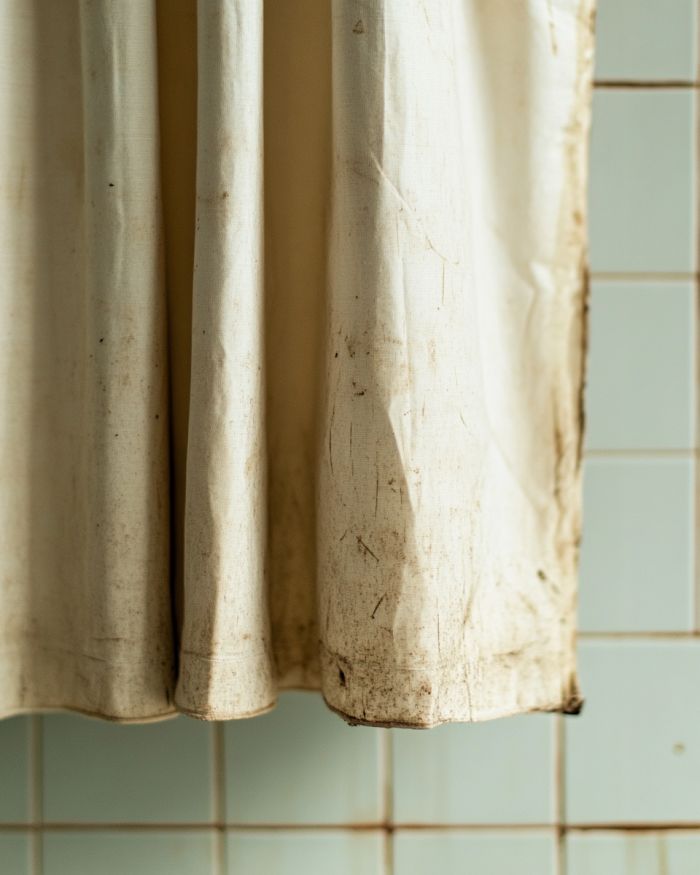Keeping a shower curtain clean can be a daunting task, but it’s essential for maintaining a fresh and hygienic bathroom. Many people think they need to regularly replace their shower curtains due to stains and mildew, but that’s not necessary. This guide provides comprehensive tips on the best ways to clean a shower curtain, making it look new and presentable for when guests come over.
Understanding Shower Curtain Materials
Shower curtains come in various materials, including vinyl, plastic, polyester, and fabric. Each type has its own cleaning requirements. Vinyl and plastic curtains are waterproof and generally easier to clean, while fabric and polyester curtains may need more gentle treatment. Knowing your curtain’s material will help you choose the best cleaning method.
Identifying Common Types of Shower Curtain Stains
Shower curtains can accumulate different types of stains such as soap scum, hard water deposits, mildew, and mold. Soap scum appears as a white, filmy layer, while hard water stains are typically mineral deposits that create a rough surface. Mildew and mold form black or dark spots, often accompanied by a musty smell. Identifying these stains will help you target your cleaning efforts more effectively.
Pre-Cleaning Preparations
Before you start cleaning, remove the shower curtain from its hooks and shake it out to get rid of loose dirt and debris. If your curtain has a liner, separate it from the curtain to clean them individually. Make sure to read any care labels or instructions provided by the manufacturer to avoid damage during the cleaning process.
Spot Cleaning Techniques
For minor stains and spots, make a paste using baking soda and water. Apply this paste to the stained areas and gently scrub with a toothbrush or a soft sponge. Rinse thoroughly with warm water. For persistent stains, you can use a mixture of white vinegar and water sprayed directly onto the affected areas, letting it sit for a few minutes before rinsing.
Machine Washing Your Shower Curtain
Many shower curtains, particularly fabric and some polyester ones, can be machine-washed. Use a gentle cycle with warm water and add a small amount of mild detergent. For added cleaning power, you can throw in a couple of towels, which will help scrub the curtain. Avoid using bleach unless your curtain is white and explicitly recommended by the manufacturer.
Hand Washing Methods
If your shower curtain is not machine washable, hand washing is a suitable alternative. Fill a bathtub or large basin with warm water and add a small amount of mild detergent. Submerge the curtain in the water and use a sponge or soft brush to scrub it gently, paying extra attention to stained areas. Rinse thoroughly with cold water to remove any soap residue.
Dealing with Mold and Mildew
Mold and mildew require stronger measures. Mix equal parts water and white vinegar in a spray bottle and apply it to the moldy areas. Let it sit for 10-15 minutes, then scrub with a brush until the spots fade. Rinse thoroughly. For extreme cases, you can use a solution of one part bleach to four parts water, ensuring proper ventilation and protective gloves during application.
Drying and Reinstalling Your Shower Curtain
After cleaning, shake off excess water and hang the curtain back on its rod to dry. Spread it out as much as possible to prevent mildew from forming while it dries. If your curtain is machine washable, you can also tumble dry it on a low heat setting, but be sure to check the care instructions.
Preventive Measures to Keep Your Shower Curtain Clean
see continuation on next page
